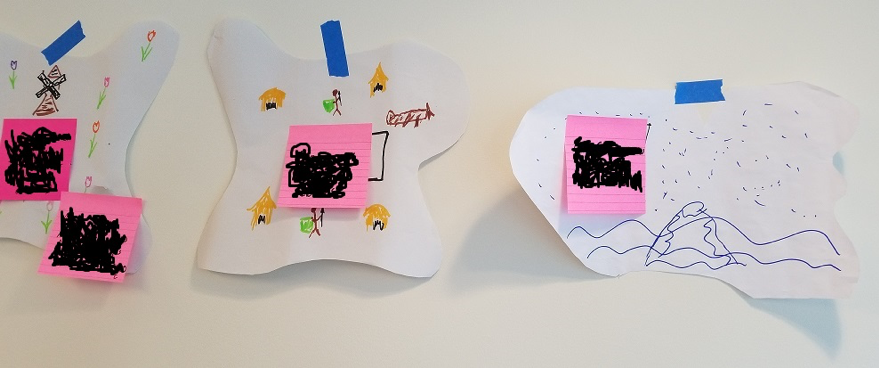Have you ever had difficulty bringing a large group of stakeholders together and getting them to agree on a set of priorities? Paul Boos and I recently faced this problem. We were working with a customer on an assessment, and one of the deliverables was a prioritized backlog of improvements, experiments, and changes the organization could undertake. We developed a fun new approach for collective prioritization. We call it “Sinking Islands.”
Before developing our own method, we assessed some of the well-established options:
- An “Impact vs Effort” or “Bang for your buck” matrix.
- A more elaborate weighting table including such variables as cost, impact, impact of not doing the work, political pressure, funding already allocated, etc.
- The “Buy a Feature” approach.
- A categorization matrix of urgent vs. important, also known as the Eisenhower matrix.
We wanted something different. We felt it was important to physically involve the stakeholders and quickly get them to agree on a short list of highest priorities. Thus, the game “Sinking Islands” was born.
The game is relatively simple to play. Create “islands” that physically represent each item to be prioritized. Place the islands on the floor of a large room. Participants then stand on the island they want to save. At the end of each round, each island with no inhabitants sinks. Repeat the process until you reach a number of items equal to or less than your initial work in process (WIP) limit.
If no stakeholder wants to move, each island selects a representative to argue for why their island is the best and/or the other options are lower priority. Each representative is given a timebox to present her case. Full game instructions can be found on tastycupcakes.
Our assumption was that most people had a pet-project and that we needed to provoke more discussion to get a shared sense of the available options and a collective sense of relative priority. We felt that physical movement and “choosing” with the feet would stimulate engagement and help build consensus.
When we did the exercise with our customer, the result was surprising. They achieved consensus much more rapidly than we expected. The stakeholders agreed on the top priority and so we hung that island up on the wall. Then, they agreed on the second most important effort; we also hung that on the wall. A third priority emerged after that. Since our agreed WIP was 3, the exercise ended.

Some of the islands we used. We augmented them with some detailed artwork from fellow Excellians to enhance the exercise.
Even though the outcome was different than what we expected, the exercise was a great success. The group of stakeholders reached a strong consensus on the highest priorities, leading to collective buy-in on the first improvements efforts to undertake. If you’ve got a prioritization challenge with a large group of stakeholders, give “Sinking Islands” a try!